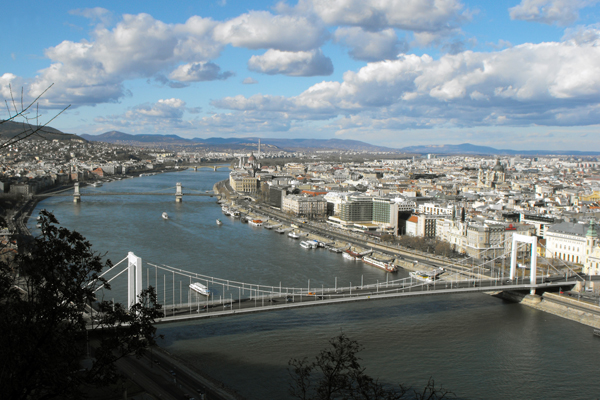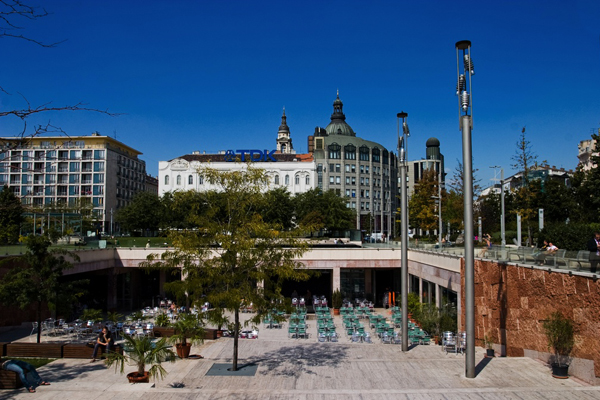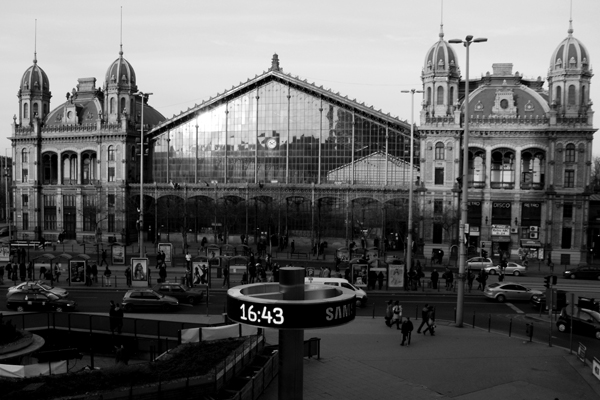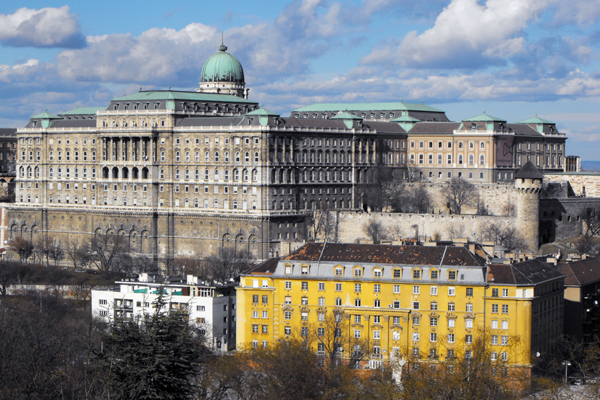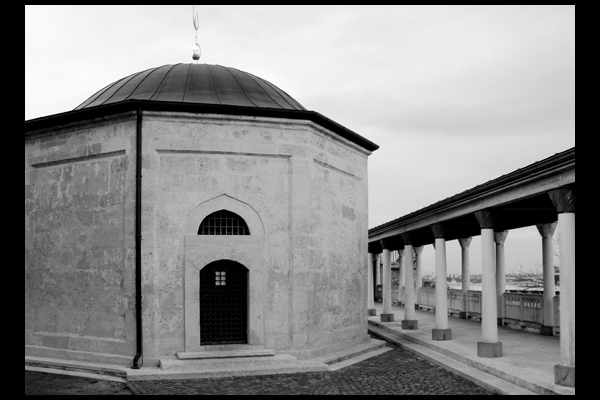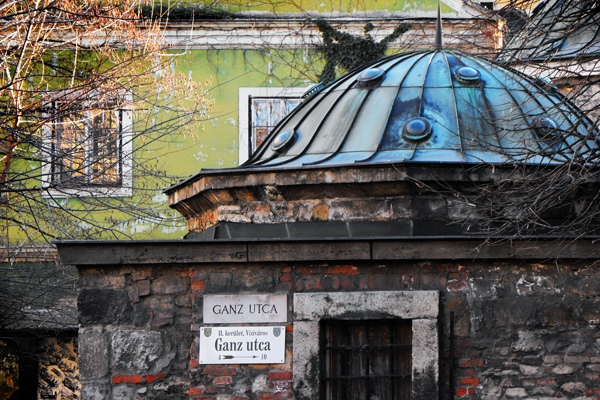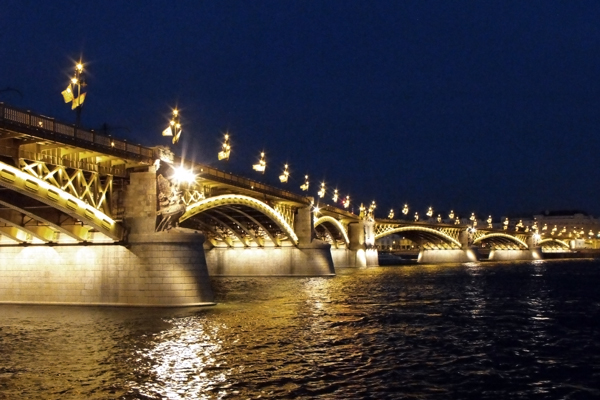Elizabeth chain bridge testifies a unique achievement by Hungarian bridge engineers and industry.
For quite a while this was the only bridge to cross the river with a centre span of 290 meters without having pylons at the bottom of the river. The bridge was exploded by retreating German troops during World War II, just like all the other bridges over the Danube. This was the last one to be reconstructed (between 1961-64), based on the plans of Pál Sávoly, who dreamt a bridge with a modern shape, using the original pillars. From the Pest direction, the bridge “runs” into the side of Gellért Hill, where a small waterfall offers a refreshing sight, especially in the summer, when it’s green all around. In 2009 the bridge was equipped with decorative lighting. The special led lighting was designed by a Japanese architect, whose basic concept was to make the bridge look as white at night as in daylight. Nearly half the cost was covered by Japanese businessmen to commemorate the 50th anniversary of the two countries renewing their diplomatic relations.
